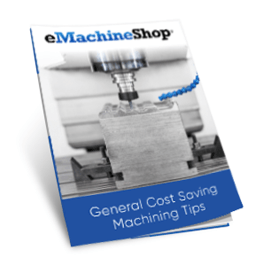Aluminum is a significant modern unrefined substance. In any case, due to its somewhat low hardness and enormous warm development coefficient, it can undoubtedly distort when being machined into meager walled and slender plate parts. As well as further developing cnc aluminum execution and disposing of the interior pressure of the material ahead of time, there are a few stages that can be taken to decrease the deformity of the material however much as could reasonably be expected.
- Even machining
For aluminum leaves behind an enormous handling remittance, it is important to keep away from an extreme convergence of hotness to make better hotness dissemination and lessen warm deformity. The technique that can be taken to accomplish this is called even handling.

Envision, for instance, that a 90 mm thick aluminum plate should be processed to 60 mm thick. On the off chance that the processing side is promptly gone over to the opposite side because each surface is handled to the last size, the nonstop handling recompense will be enormous, which will cause the issue of hotness focus and the evenness of the combination plate might have the option to arrive at 5 mm.
On the off chance that the even handling technique for different sides is utilized over and over, nonetheless, each surface can be handled something like twice until the last size is reached, which is useful for heat scattering, and levelness can be controlled at 0.3 mm.
- Defined various machining
When there are different holes on the aluminum compound plate parts, it is not difficult to turn the pit divider due to the lopsided power. The most effective way to tackle the issue is to take a layered numerous handling technique, which is to deal with every one of the depressions simultaneously.
Rather than completing the part at the same time, notwithstanding, the part can be isolated into a few layers and handled to the necessary size by layer by layer. The power applied to the parts will be more uniform and the likelihood of disfigurement will be more modest.
- Select a proper cutting boundary
Cutting power and resultant cutting hotness can be decreased by choosing legitimate cutting boundaries. During the time spent mechanical handling, assuming the cutting boundaries are greater than ordinary will prompt unnecessary cutting power, which can undoubtedly cause the disfigurement of the parts, just as influencing the inflexibility of the shaft and the solidness of the instrument.
Among every one of the elements of cutting boundaries, the greatest impact on cutting power is the measure of back-cutting profundity. However, while decreasing the number of slicing devices is advantageous to guarantee that parts are not twisted, the handling productivity will simultaneously be diminished.
The high-velocity processing of mathematical control machining can take care of this issue. By decreasing the back-cutting profundity, expanding the feed, and working on the speed of the machine, machining can diminish the cutting power and assurance handling productivity.
- Upgrade capacity of cutting instruments
The material and mathematical boundaries of cutting devices impact cutting power and cutting hotness. The right determination of cutting instruments and boundaries is hence vital for decreasing the machining mutilation of parts.

